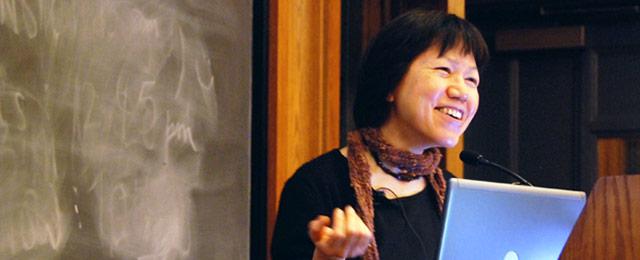This course examines major works by Hemingway, Fitzgerald, and Faulkner, exploring their interconnections on three analytic scales: the macro history of the United States and the world; the formal and stylistic innovations of modernism; and the small details of sensory input and psychic life.
Warning: Some of the lectures in this course contain graphic content and/or adult language that some users may find disturbing.
